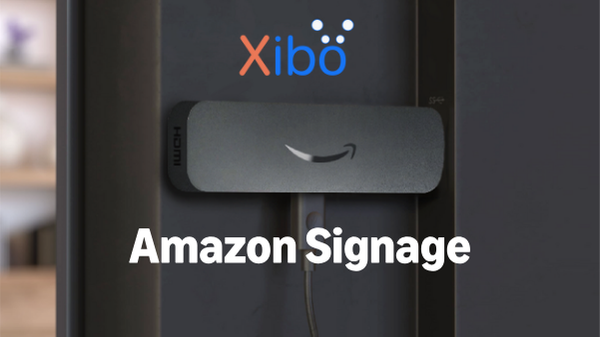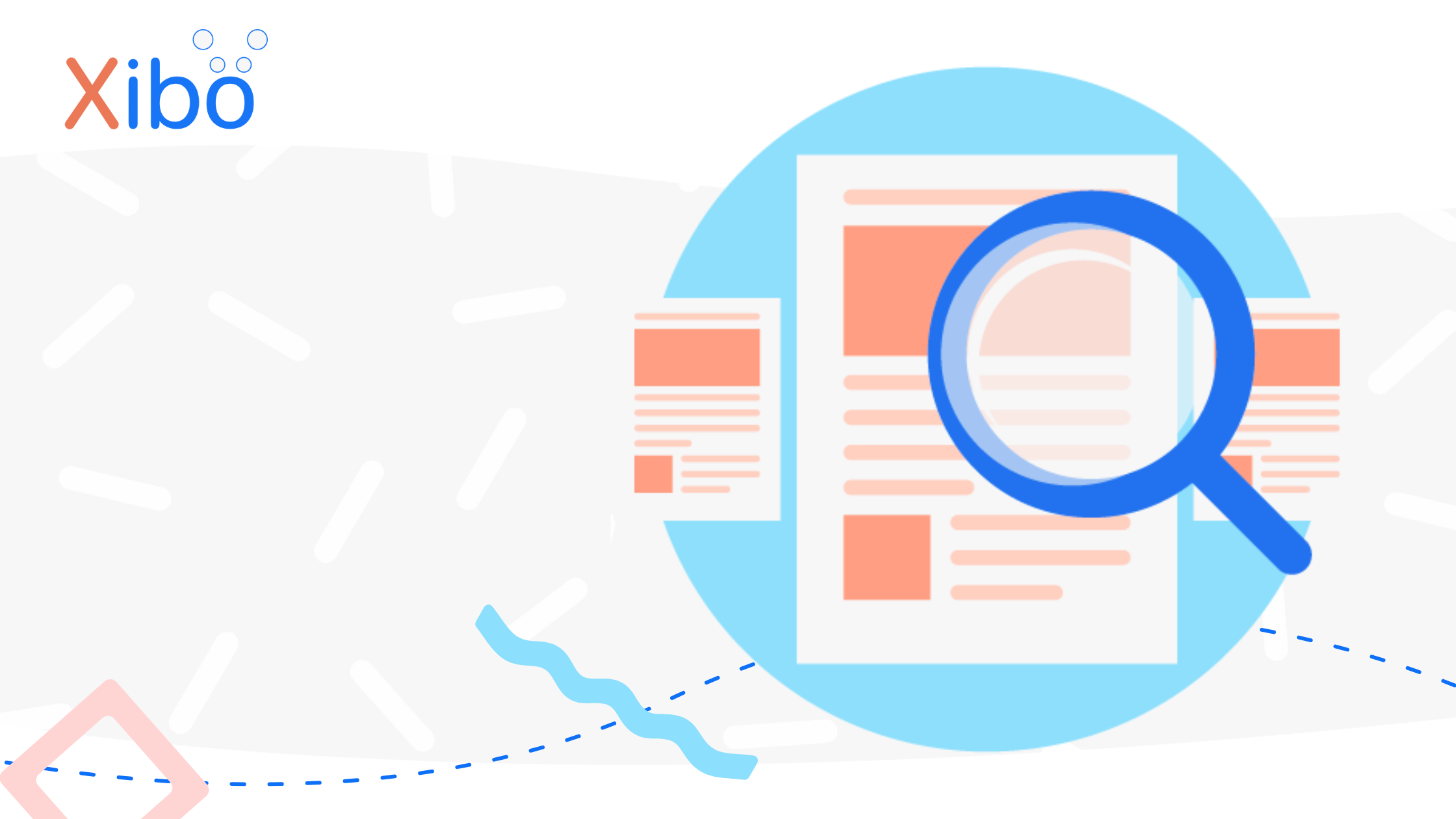Spring Signage are pleased to announce Xibo for Android v1.7 R60. This release works with Xibo CMS versions 1.4, 1.6, 1.7 and has legacy mode for 1.8.
Features and Issues resolved in this release:
- Full support for Layering of Regions and the Layout Background (z-Index)
- New Log Level setting to reduce log bandwidth under normal usage
- New Screenshot size setting to allow sending screenshots at a smaller resolution (default to 640)
- Workaround for devices returning the 02:00:00:00:00:00 mac address in Android 6.0
Download Xibo for Android R60.
Instructions for upgrading from an earlier release can be found in the FAQ. It’s also well worth having a look at the Knowledge Base.
If you have a white label build of the application it is available in your account.
DSDevices
Customers with a DSDevices unit can now take advantage of our new Xibo for Android DSDevices APK. This APK brings tighter integration with the DSDevices hardware and allows for automatic upgrade, shell commands and any other functionality that previously required root access, without root access!
Customers already running the standard Xibo for Android APK on their DSDevice will need to remove and reinstall using the new APK. Subsequent updates can be pushed to your DSDevices directly from the Xibo CMS.
More
Read more from the blog

Xibo is now available on the Amazon Signage Stick
Xibo is now available on the Amazon Signage Stick — Amazon Signage’s purpose-built digital signage media player designed for businesses and organisations of all sizes, across a variety of industries.


November 2025 Release Update
Xibo’s November 2025 release updates. This update includes the enhancements released this month across Xibo for Tizen and Xibo for webOS.


Holiday Opening Times 2025/2026
Xibo holiday opening hours for 2025/26. During the festive period our support teams will be running at a slightly reduced capacity.

More
Read more from the blog



